Who enters the Cathedral of Faro and look at the base of your pulpit, you will be far from imagining that those rocks hide fossils of animals that have died out thousands of years ago. Or that, in the middle of Rua de Santo António, you can find, in a building, corals from the period of the dinosaurs – the Mesozoic.
These were some of Luís Azevedo Rodrigues' discoveries, revealed in the presentation of the Urban Geology and Paleontology Guide of Faro, which took place yesterday at the Centro Ciência Viva do Algarve.
This is the third bilingual guide (in Portuguese and English) of this kind edited, after lakes e Tavira. Luís Azevedo Rodrigues, who is also director of the Centro Ciência Viva (CCV) in Lagos, revealed to the Sul Informação some more of your discoveries in Faro: «both in the Cathedral and in other points of Faro, we managed to find rocks such as the Arrábida breach, which, for example, is also present in the Coliseum in Rome».
In some churches of Faro, «we still found a variety of rocks, which came from the exploration of marble, but used in another way».
As for the building, which is number 68, on Rua de Santo António, Luís Azevedo Rodrigues explains that the corals «are of great size» and allow us to look at the wall and have an idea «of a tropical sea 150 million years ago ». This is, for the author, an «example of a modern building, but with ancient rocks».
To make these discoveries, now explained in a book, Luís Azevedo Rodrigues walked the streets of Faro. In every corner, he looked – «with a different kind of look» – along a walk that is «one of the most interesting phases of this work», according to the director of CCV Lagos.
And if it is true that «each city has its characteristics», in Faro, the Urban Geology and Paleontology Guide also has reference points at Praça Ferreira de Almeida, in a building that is even graffiti. In this there is a use of a glass limestone, with very large fossils, such as bivalves. In the course that this book presents in the Algarve capital, Luís Azevedo Rodrigues tried to make «a balance between historic buildings and more modern ones».
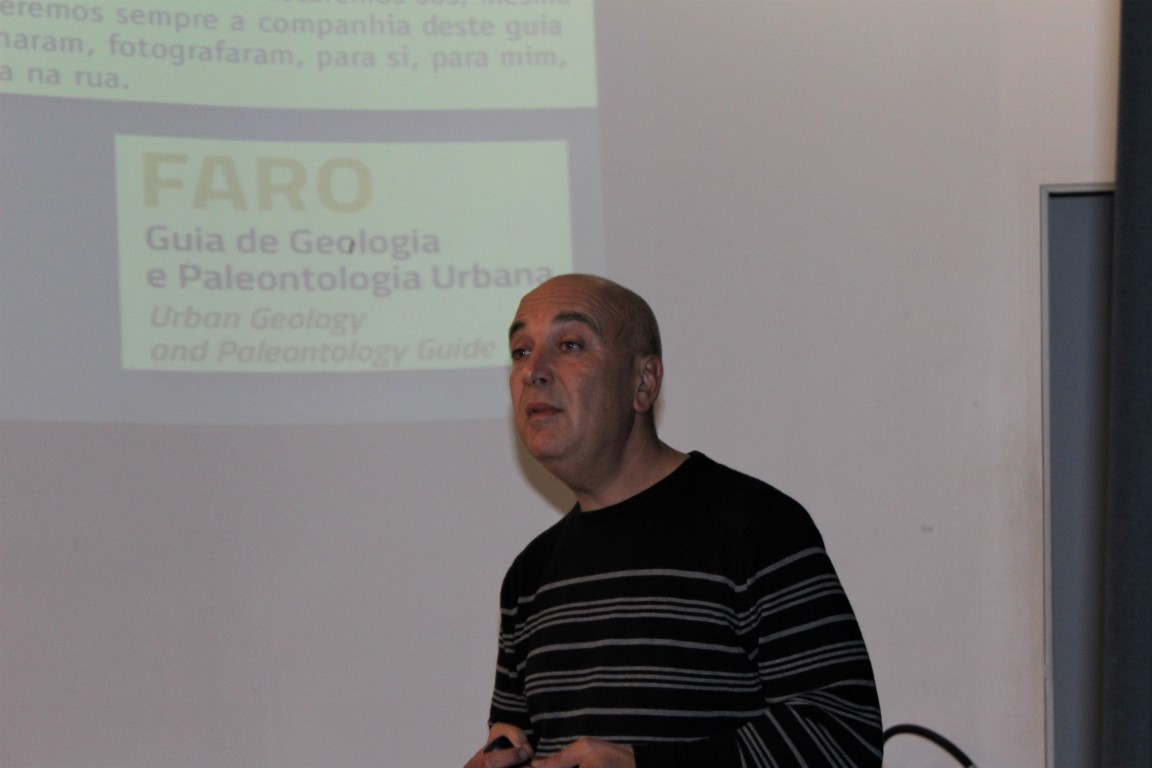 One of the objectives of this guide is, like those of Tavira and Lagos, to bring geological and paleontological knowledge of Faro. The work of Luís Azevedo Rodrigues – and his remaining team – is to identify the rocks to «introduce them to people, as characters in geological stories, who are also part of a human history of buildings», he explained to our newspaper.
One of the objectives of this guide is, like those of Tavira and Lagos, to bring geological and paleontological knowledge of Faro. The work of Luís Azevedo Rodrigues – and his remaining team – is to identify the rocks to «introduce them to people, as characters in geological stories, who are also part of a human history of buildings», he explained to our newspaper.
This guide also intends to be a new way for tourists to visit so much Faro, such as Tavira and Lagos. João Fernandes, vice president of the Algarve Tourism Region (RTA), was present at the presentation session of the Urban Geology and Paleontology Guide Faro and he added that these copies will be sold at tourist offices in cities where there are already guides, as of 2017.
Also regarding the future, but from future guides, Luís Azevedo Rodrigues revealed that there are «several cities with potential» for new editions. "I would like some municipalities to use this example to help and produce this type of guides, which will serve as support and enhancement for their tourists," he added.
Sales of the Lagos and Tavira Guides are, according to the author, "going well", and there is already an agreement with the FNAC stores in the Algarve, in Guia and in Faro, so that these books can also be sold there.
A future application, for smartphones e tablets, is also a hypothesis, but Luís Azevedo Rodrigues said he preferred to organize a traveling exhibition through the schools to «introduce the issue of urban geology and its importance».
See more photos here:
Photos: Pedro Lemos | Sul Informação
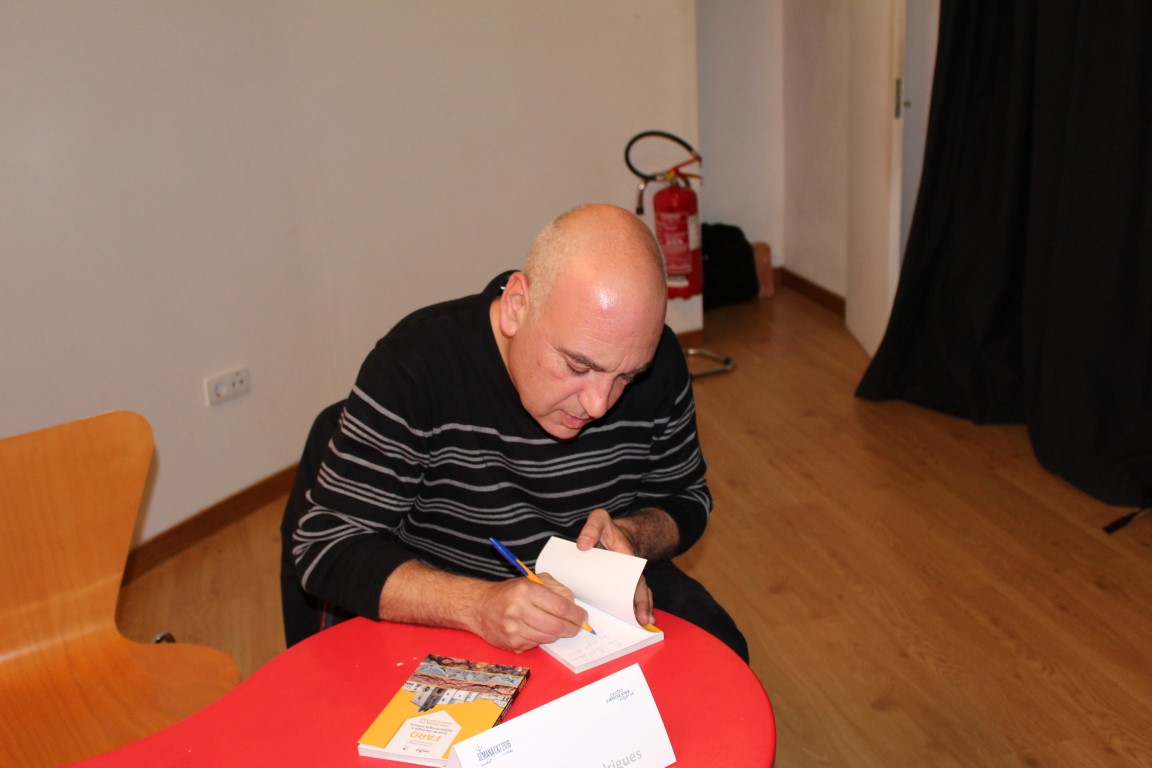
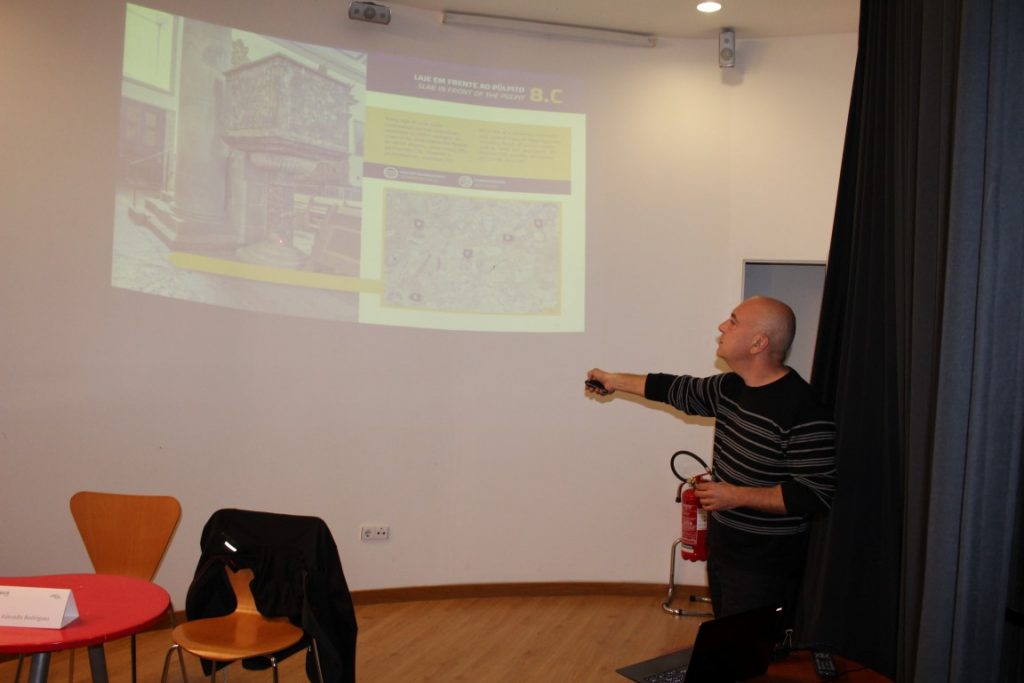
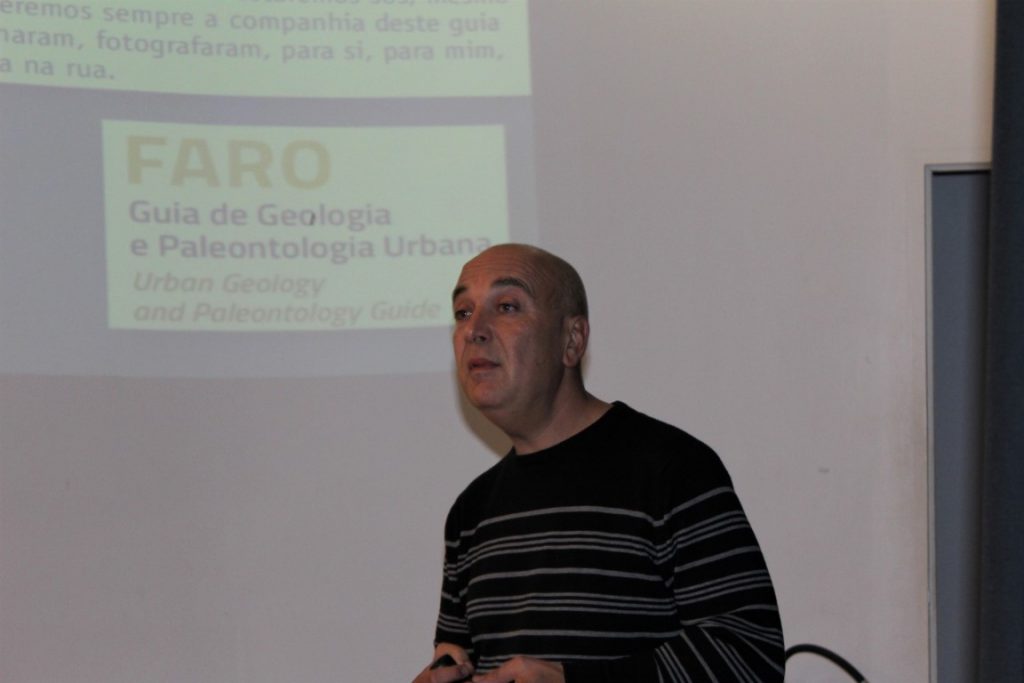
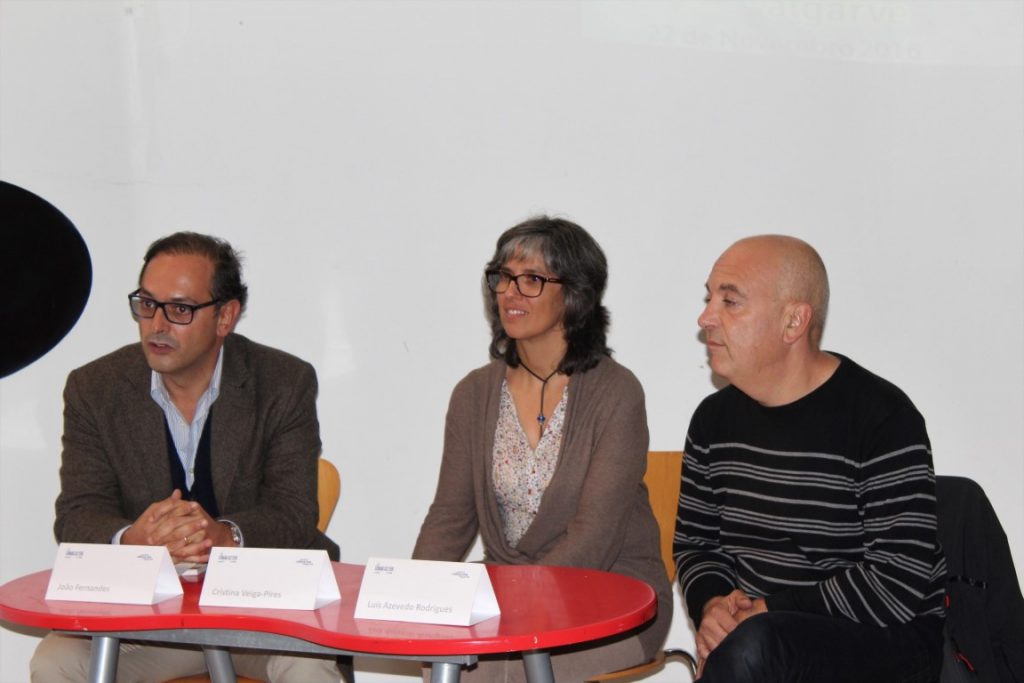
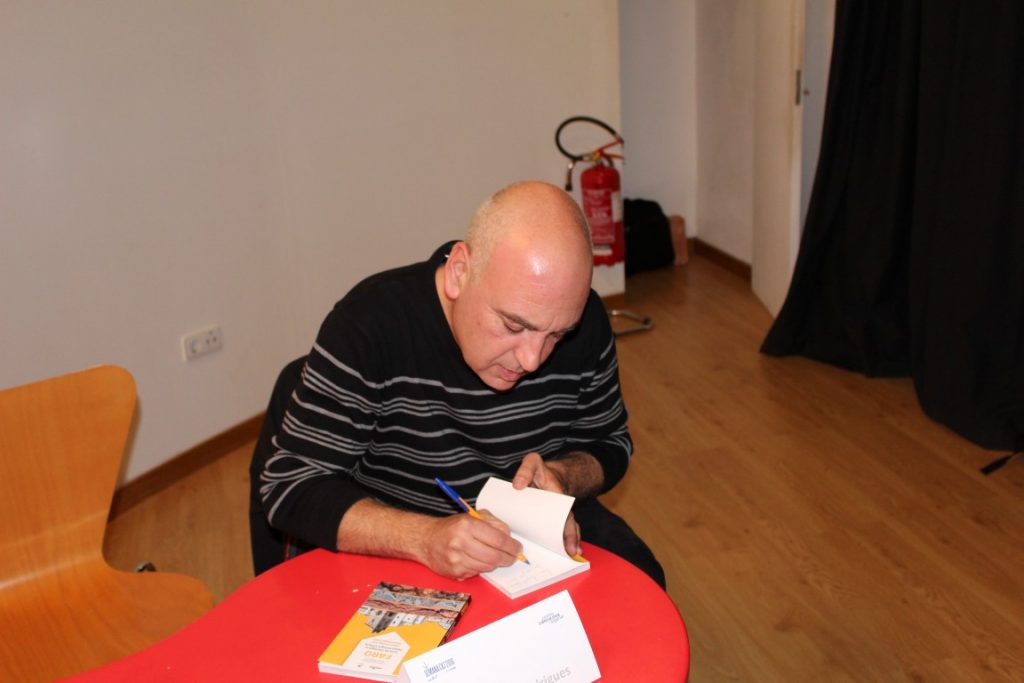


















Comments